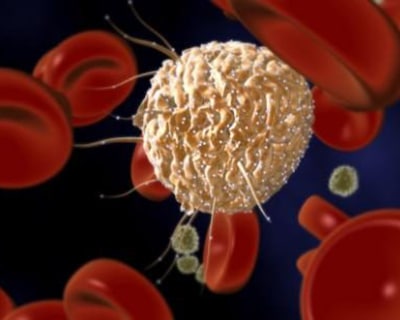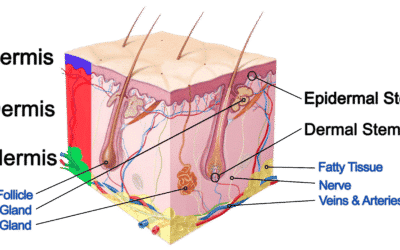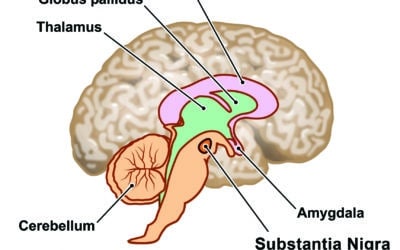 |
To understand what a stem cell is, it is important to first understand what a stem cell is not. All the cells of the body, called somatic cells, are specialized cells that do one specific thing; they will never do anything else, and they do not proliferate. For example, a skin cell will never be anything other than a skin cell and it will never divide. It will do what a skin cell does until the day it dies. It is the same for brain cells that respond to electrical impulses, pancreatic cells that make insulin, muscle cells that contract, and all the other cells of the body that do… what they do. |
At the other end of the spectrum we have stem cells; they do not have any specific function: their general role is simply to multiply during the entire life of an individual and to transform into other types of cells. Historically, adult stem cells from the bone marrow were known to be precursors to blood cells, leading to the formation of white blood cells, red blood cells and platelets… and nothing else. But discoveries made at the turn of the century showed that stem cells from the bone marrow have the ability to transform into virtually any type of cell in the body. In fact, this is one of their most important roles and it has since lead to the understanding that stem cells from the bone marrow constitute the natural repair and renewal system of the body.

All throughout the life of an individual, everyday stem cells leave the bone marrow to migrate into various organs and tissues to repair and maintain the proper functioning of the whole body. And when there is an injury or a degenerative process, stem cells migrate into that specific tissue to replace the cells that have been lost and effectively repair the damage.
Over the past 5-10 years, stem cell research has demonstrated that there is a direct link between the number of stem cells in circulation and the ability of the body to repair: more stem cells in circulation means that more stem cells are available to participate to the process of tissue repair. Furthermore, there is also a link between the number of stem cells in circulation and the formation of degenerative diseases: people that have developed degenerative diseases have roughly half the number of stem cells found in the blood of healthy people.
Conclusion: Anything one can do to support the release of stem cells from the bone marrow and to support the overall function of stem cells in the body will contribute to creating and maintaining optimal health.
Stem Cells – The key to better skin?
Beauty is only skin deep, as the old saying goes. Still, the skin is crucial, and beyond beauty performs a host of important functions. Keeping our skin in good condition may seem vain, but research shows that younger skin plays an important role in overall health...
How Stem cells could help repair the brain
Traditionally, the scientific view was that the brain is not able to regenerate. However, newer research suggests otherwise. In this article, we will look at new studies which suggest that the brain can regenerate using stem cells, the building blocks of our body...
Stem Cells : The Science of Youth
There are legends of a fountain of youth with waters imbued to provide the gifts of anti-aging and longevity to anyone who discovers its whereabouts. It’s no surprise really, who isn’t looking for a way to feel and look more youthful? Maybe there isn’t a hidden...








